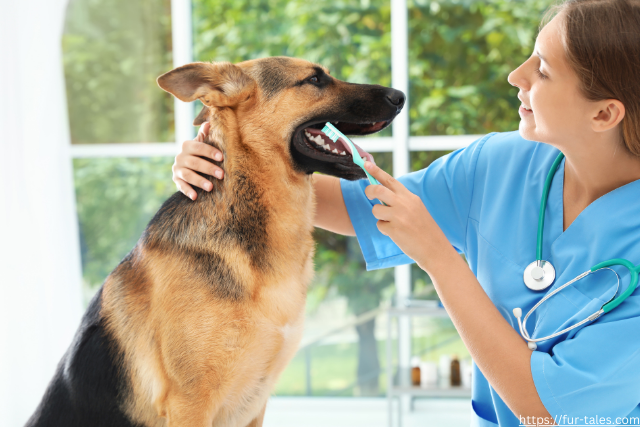
How to Maintain a Pet’s Dental Health: A Guide to Happy, Healthy Smiles
Your pet’s tail might wag or purr with happiness—but how’s their smile? Dental health is just as important for pets as it is for humans, yet it’s often overlooked. Poor dental hygiene can lead to more than just bad breath—it can cause pain, tooth loss, infections, and even affect organs like the heart and kidneys.
Whether you’re a dog devotee or a feline fan, here’s everything you need to know to keep your pet’s mouth healthy and pain-free.
???? Why Pet Dental Health Matters
Just like people, pets develop plaque and tartar on their teeth. Without regular cleaning, this can harden and lead to gingivitis, periodontal disease, or serious health complications. Studies show that most dogs and cats show signs of dental disease by age 3.
Warning signs of dental issues include:
- Bad breath
- Red or bleeding gums
- Difficulty eating or chewing
- Loose or missing teeth
- Pawing at the mouth
Prevention is key—and much easier (and cheaper) than treating dental disease later on.
???? 1. Brush Their Teeth Regularly
Yes, you can (and should!) brush your pet’s teeth. It may take some patience at first, but many pets adjust well over time.
???? For Dogs:
- Use a pet-specific toothbrush or a soft finger brush.
- Choose a pet-safe toothpaste (never human toothpaste—it can be toxic).
- Brush in gentle, circular motions 2–3 times a week (daily is best).
???? For Cats:
- Go slowly and use a flavored toothpaste (like poultry or fish).
- Use a small brush or gauze wrap on your finger.
- Reward with praise or treats afterward to build a positive association.
???? 2. Offer Dental Chews and Toys
Dental chews do more than entertain—they can help scrape away plaque and stimulate gum health. Choose approved products labeled for dental benefits.
Great options include:
- Dental sticks or chews (approved by the VOHC – Veterinary Oral Health Council)
- Rawhide alternatives for dogs (easier to digest)
- Rope toys or rubber chewers designed to clean teeth while they play
???? 3. Choose a Dental-Friendly Diet
Some pet foods are formulated to reduce tartar buildup. They use special kibble texture or added enzymes to promote oral health.
Ask your vet about:
- Prescription dental diets (like Hill’s t/d or Royal Canin Dental)
- Additives or powders for water or food that fight bacteria and freshen breath
???? 4. Schedule Annual Dental Checkups
A professional dental cleaning is the gold standard for oral care. Your vet will examine the mouth, take X-rays, and clean below the gumline under anesthesia.
How often?
- Most pets benefit from annual cleanings, but some (especially small breeds or seniors) may need more frequent visits.
???? 5. Don’t Ignore the Breath!
Your pet’s breath doesn’t need to smell minty-fresh, but if it’s foul or unusually strong, it may signal infection or decay. This is your cue to get a dental checkup ASAP.
Bonus Tips for Success
- Start dental care early—it’s easier to build habits in young pets.
- Use positive reinforcement with treats, praise, or petting.
- Be patient. Even older pets can learn to accept brushing or rinses over time.
Image Designed Using Canva
